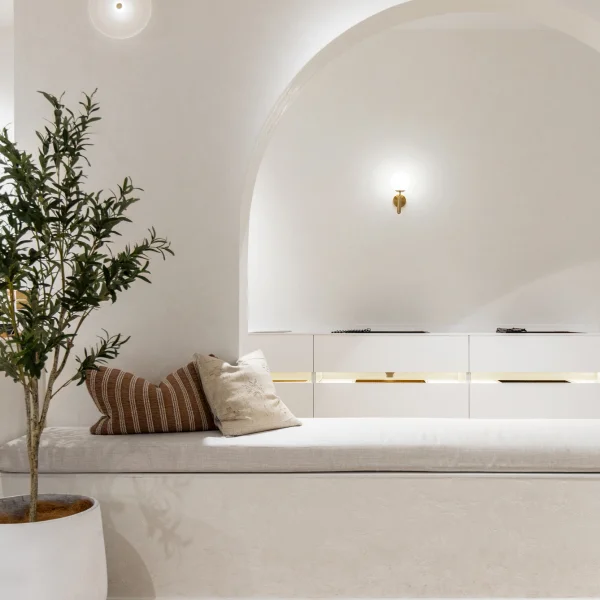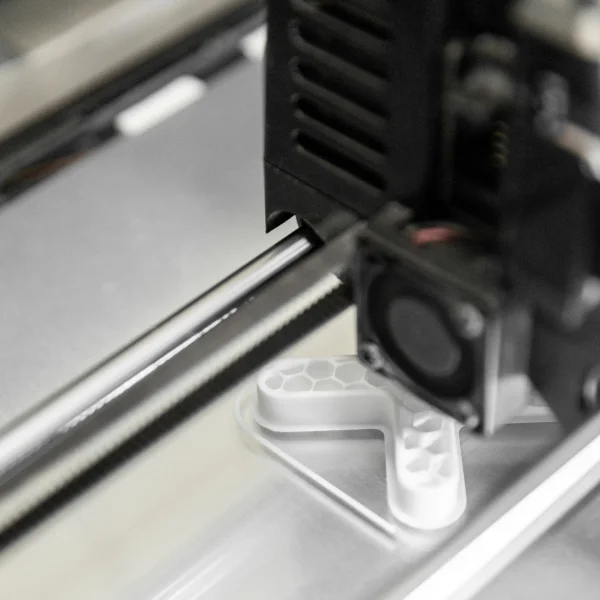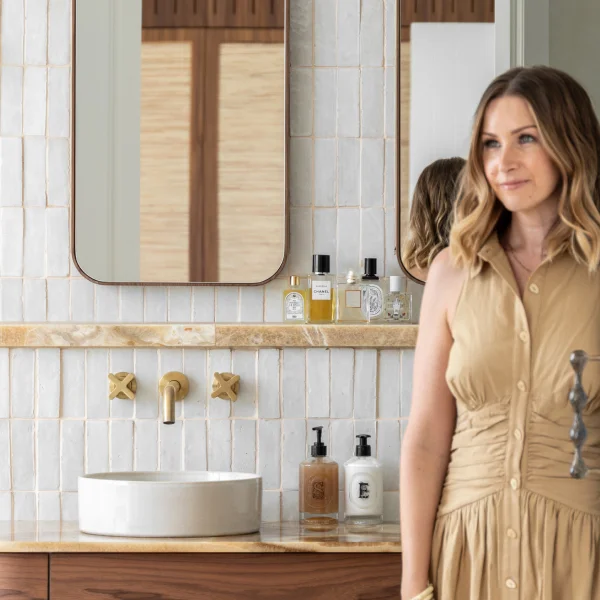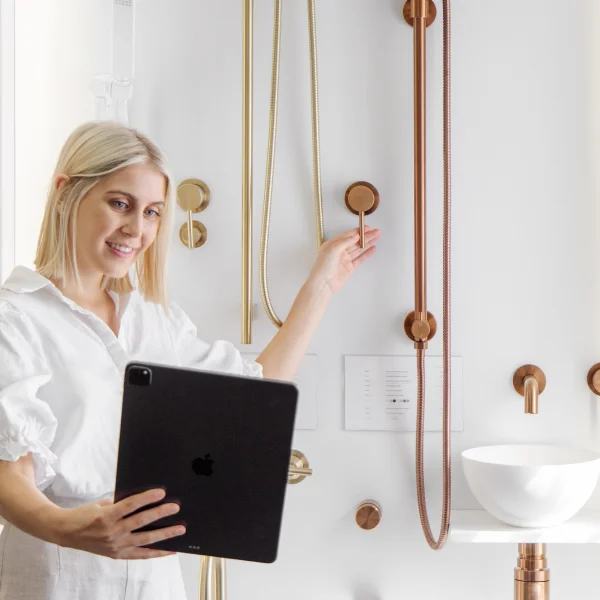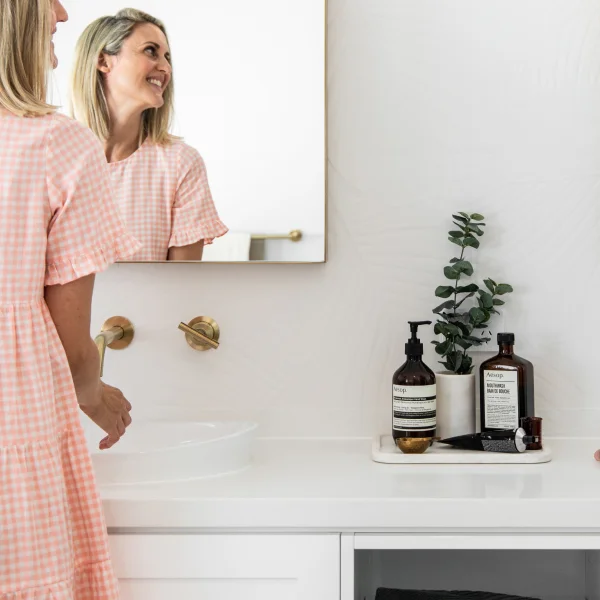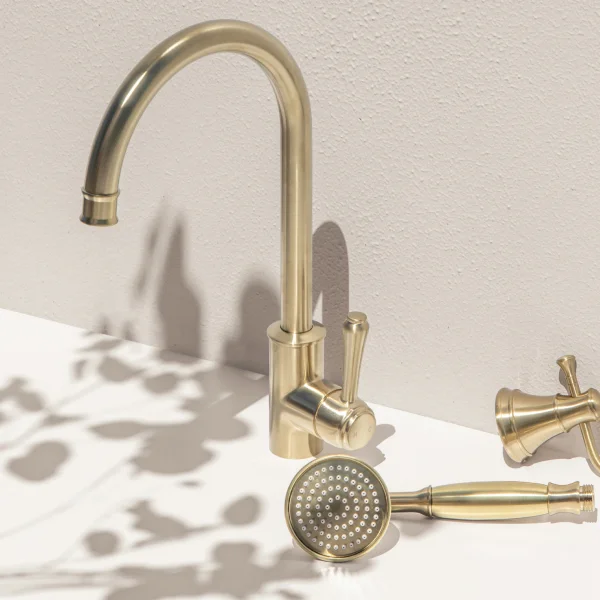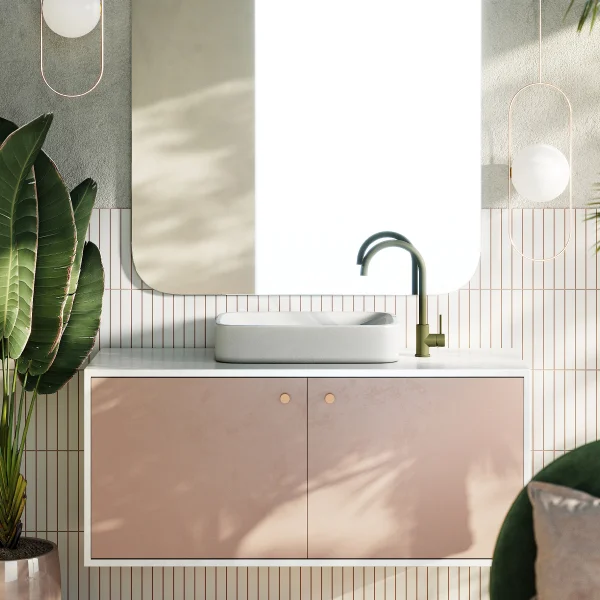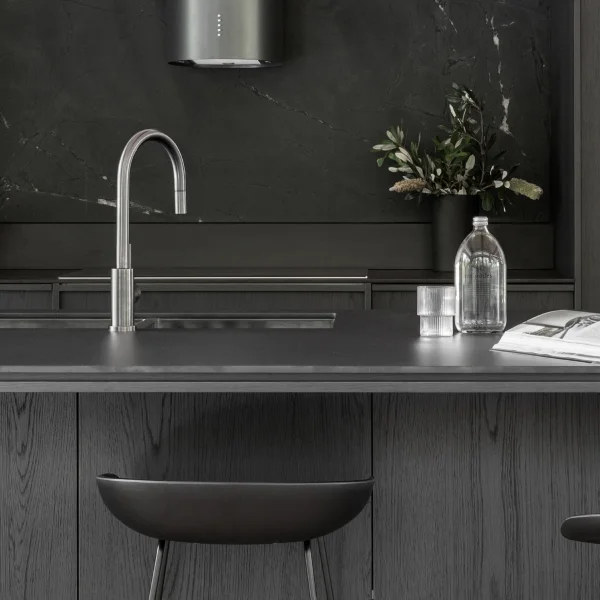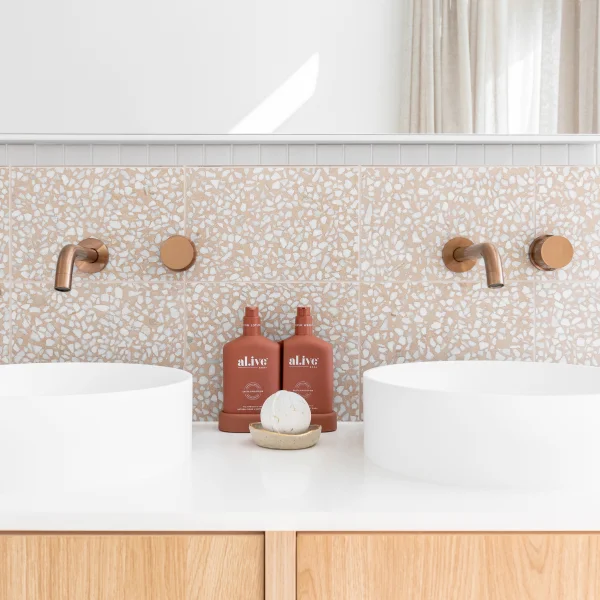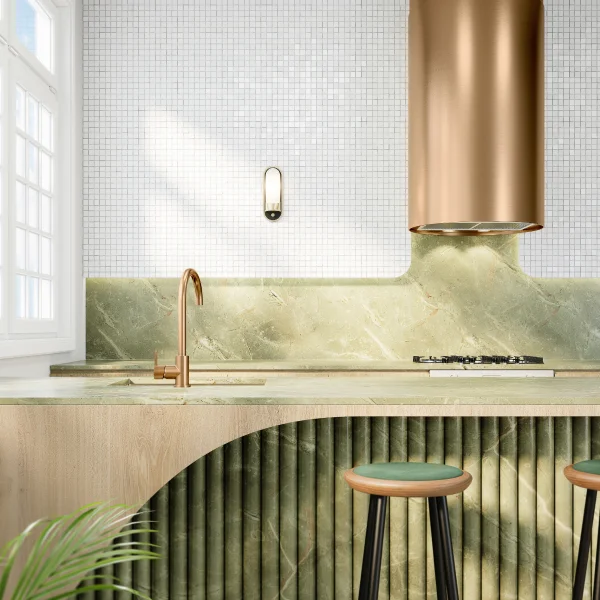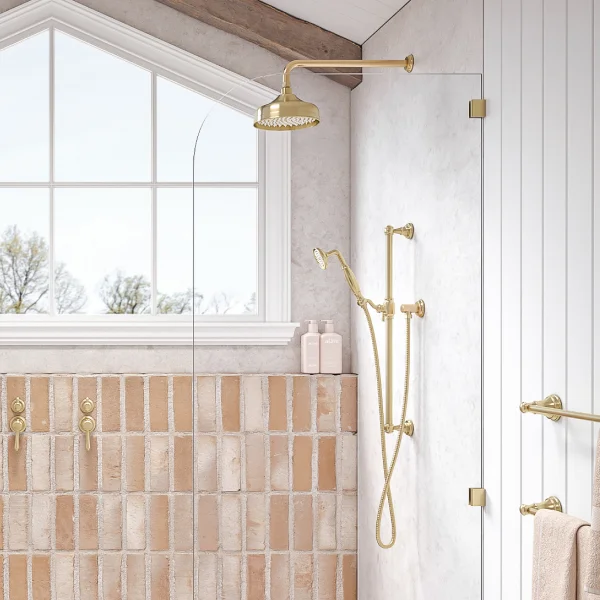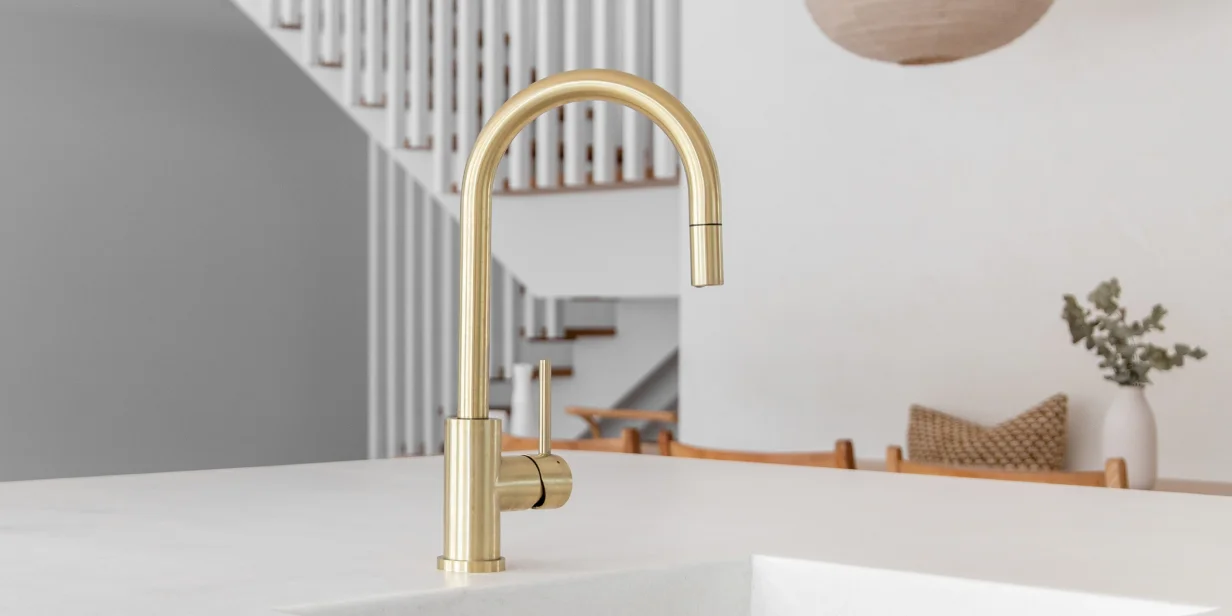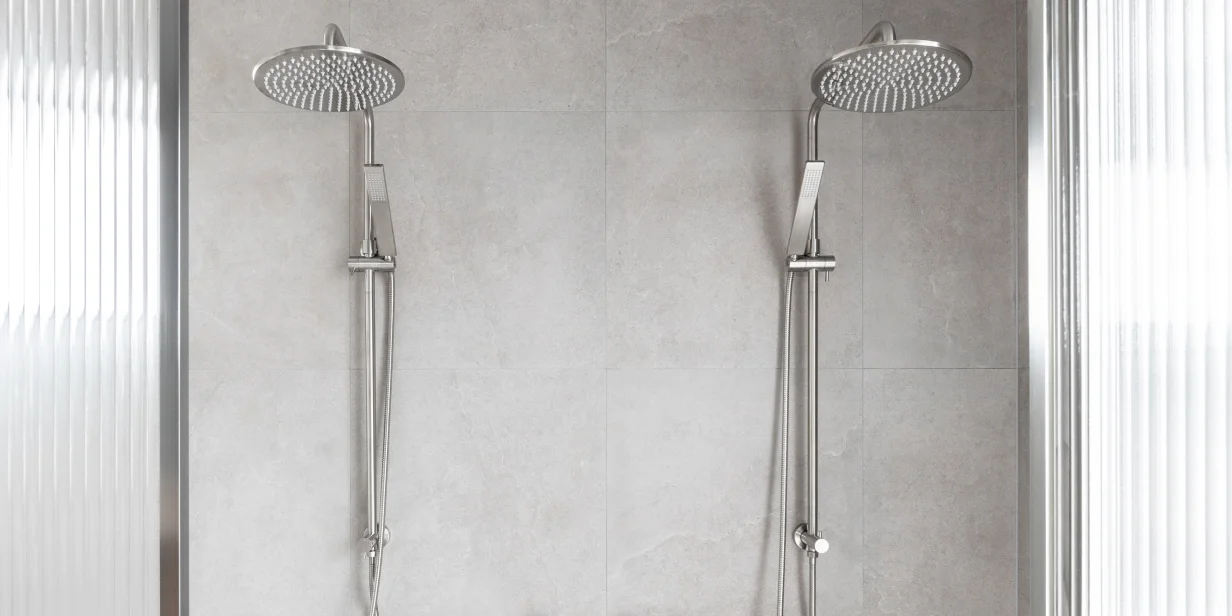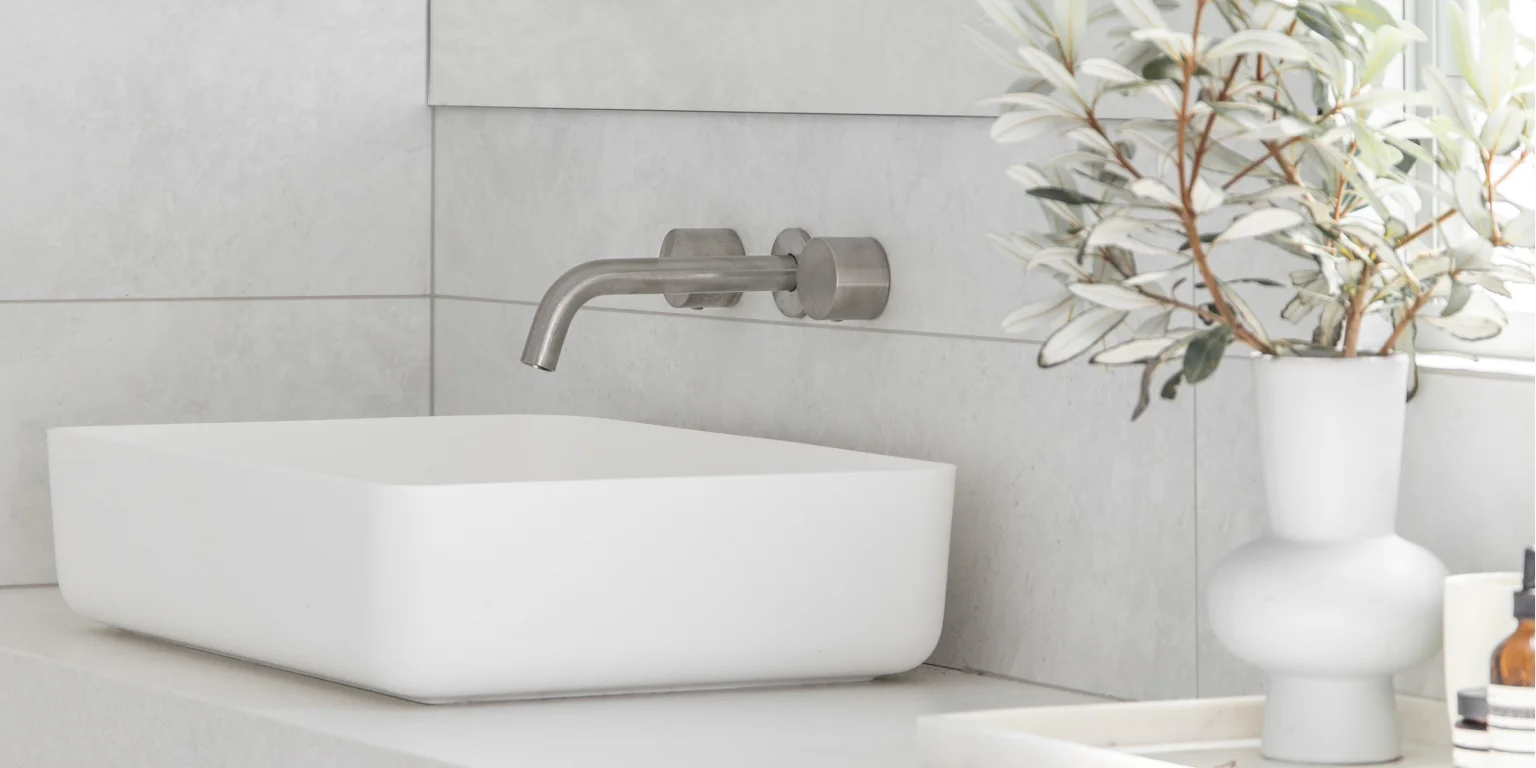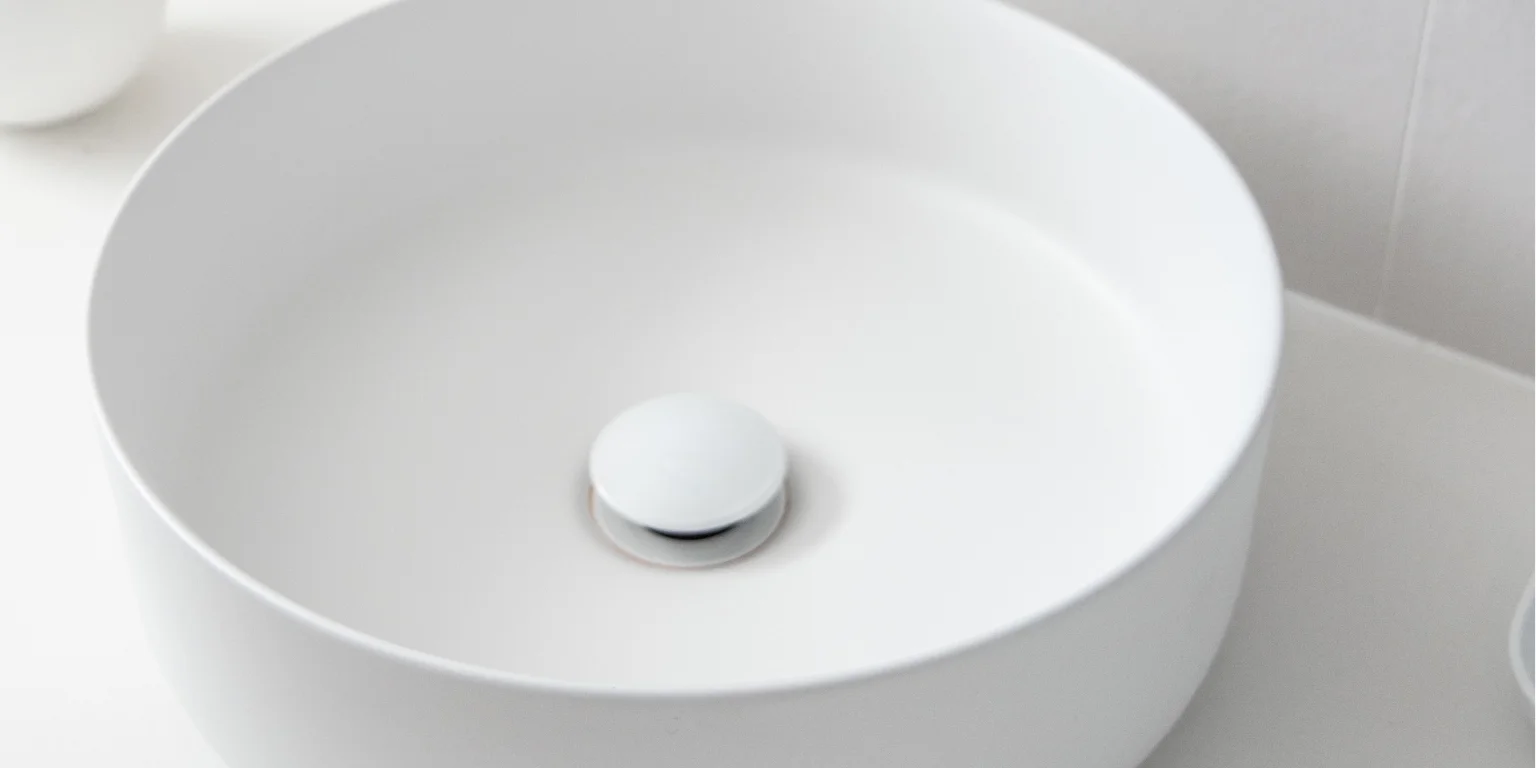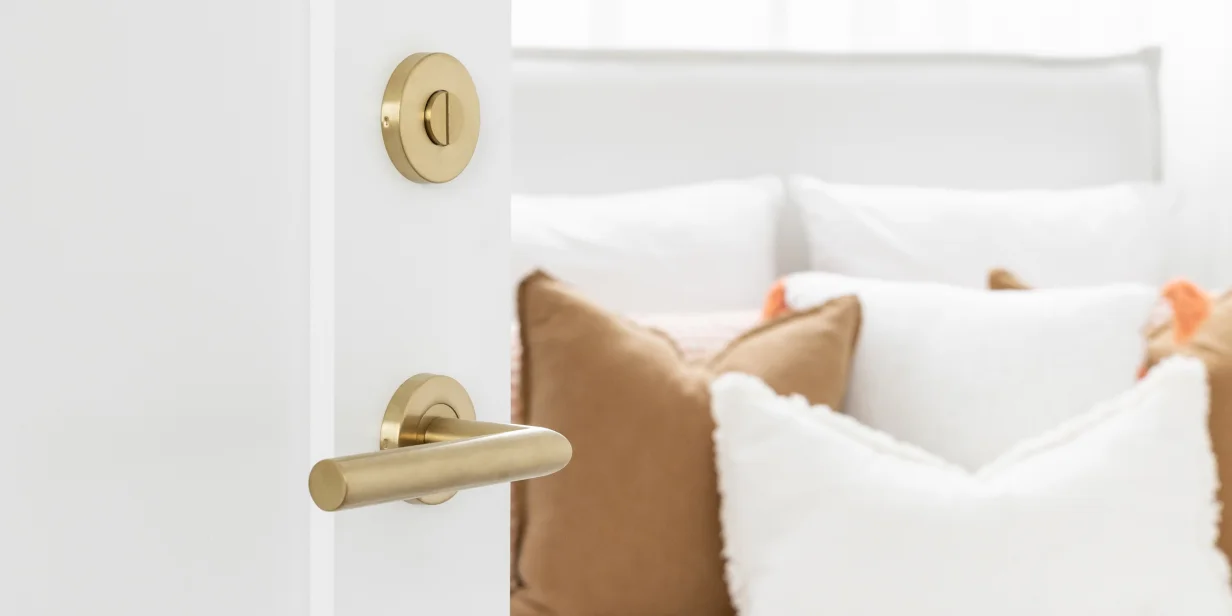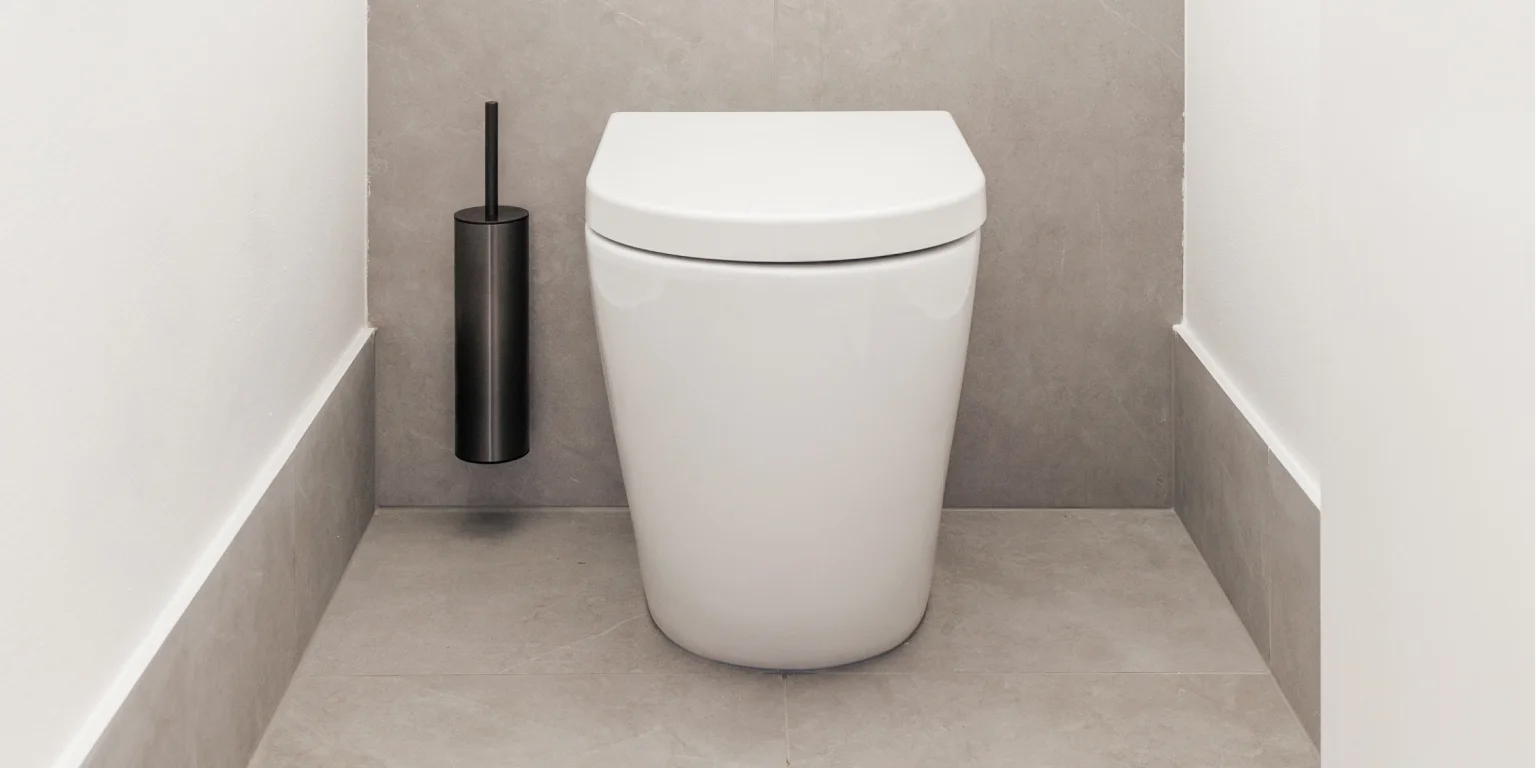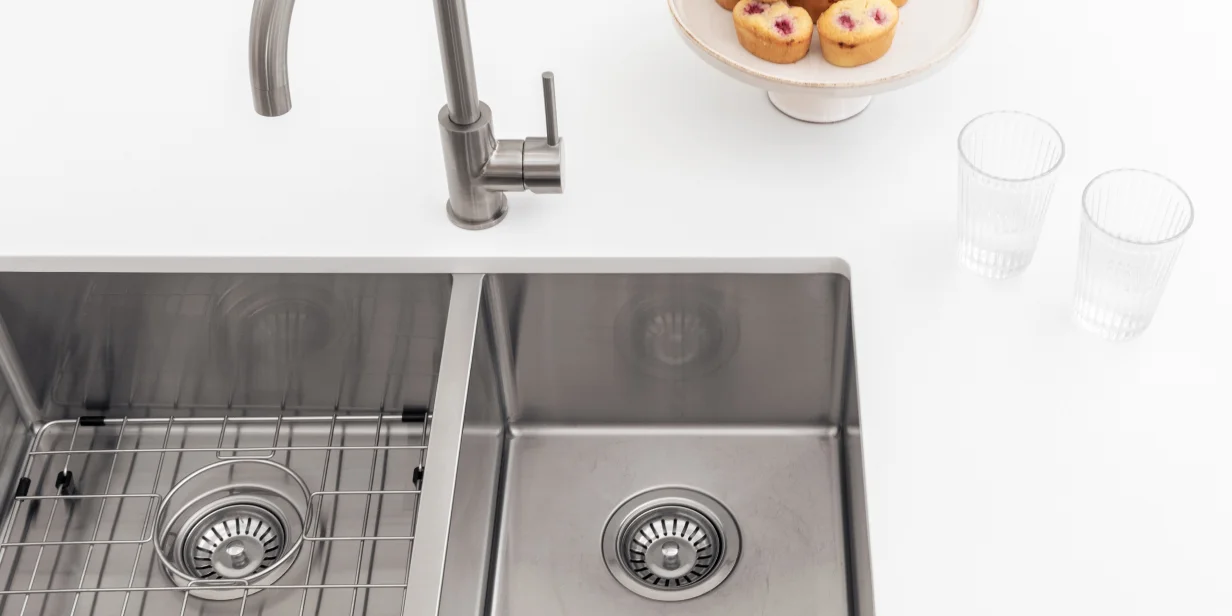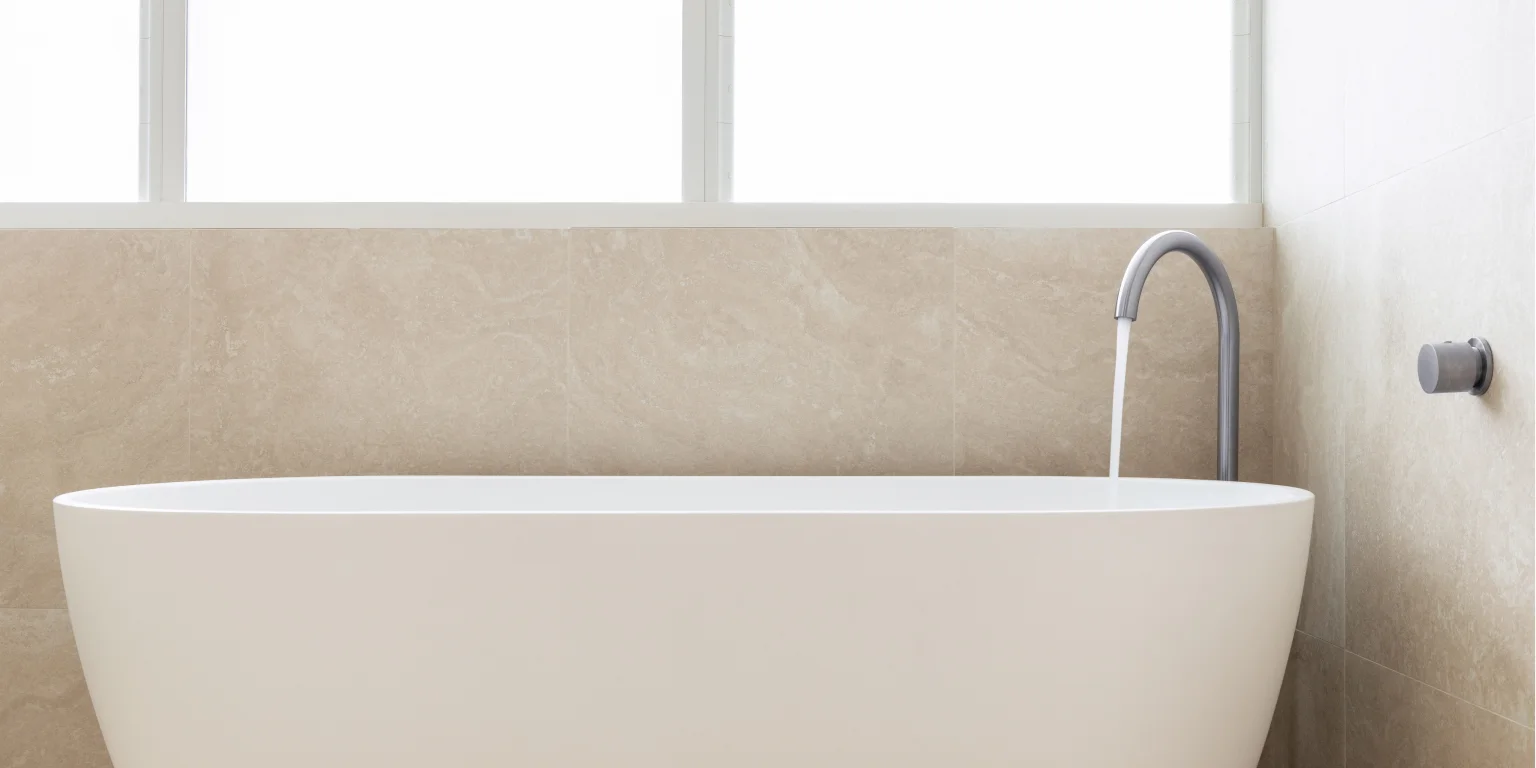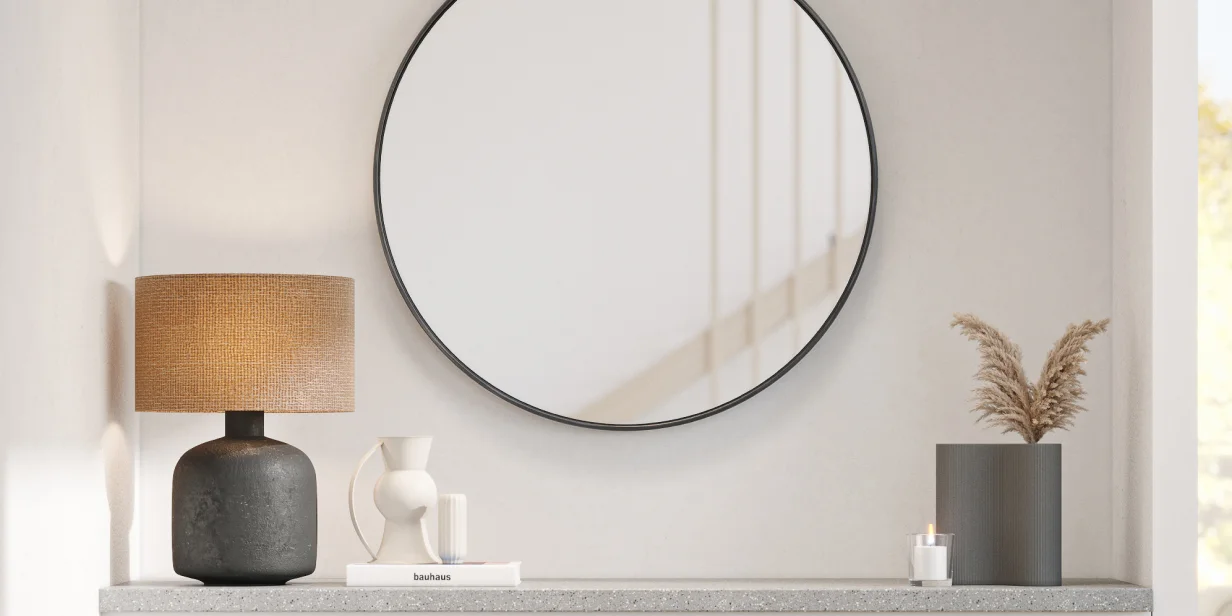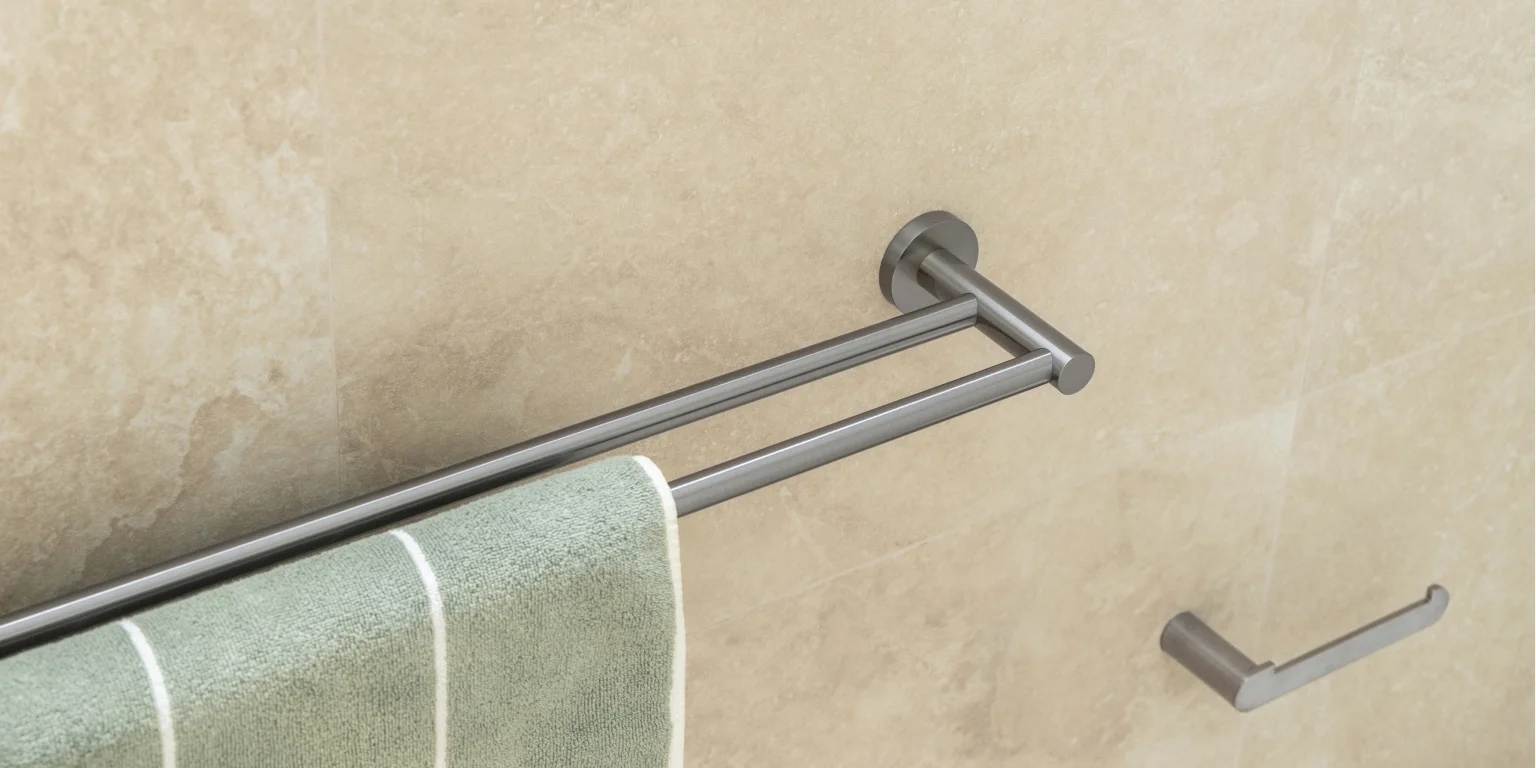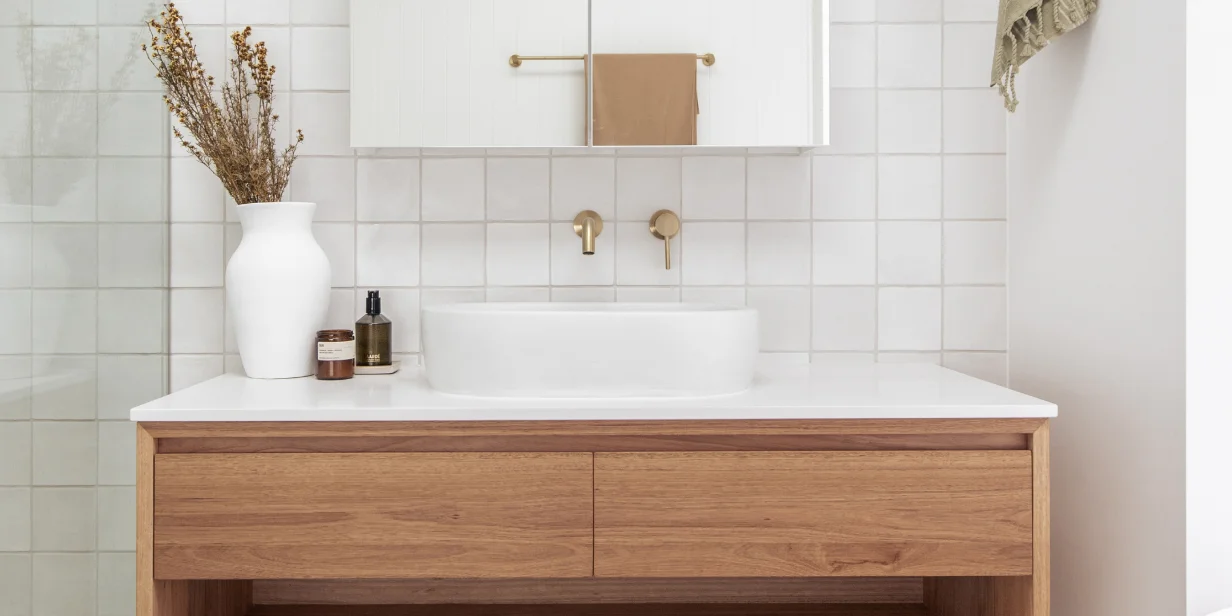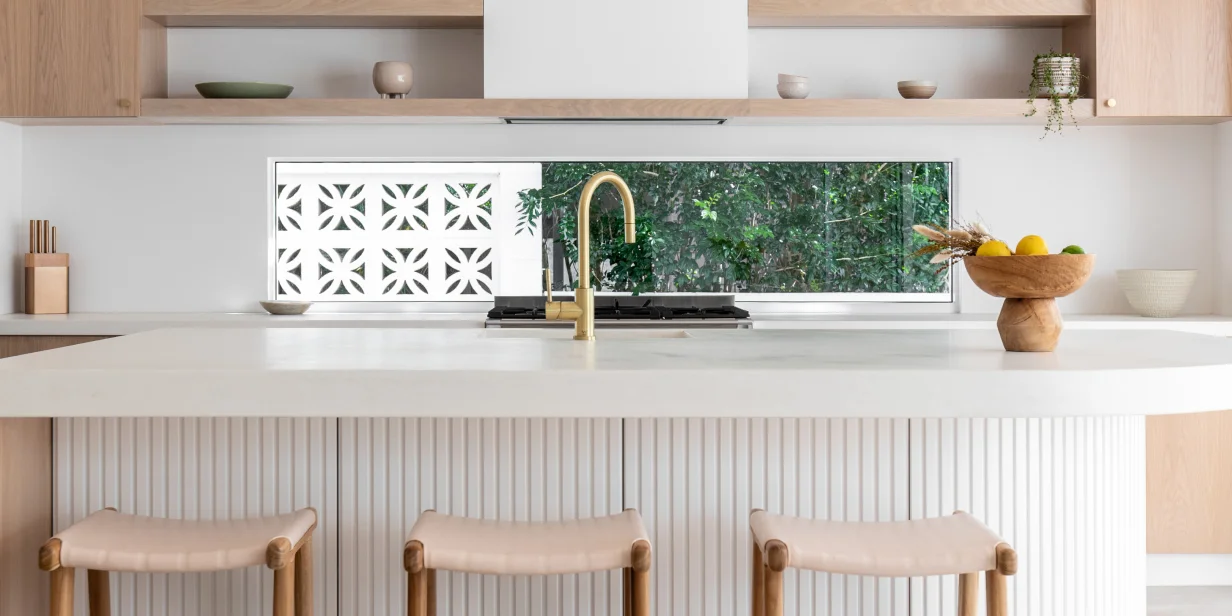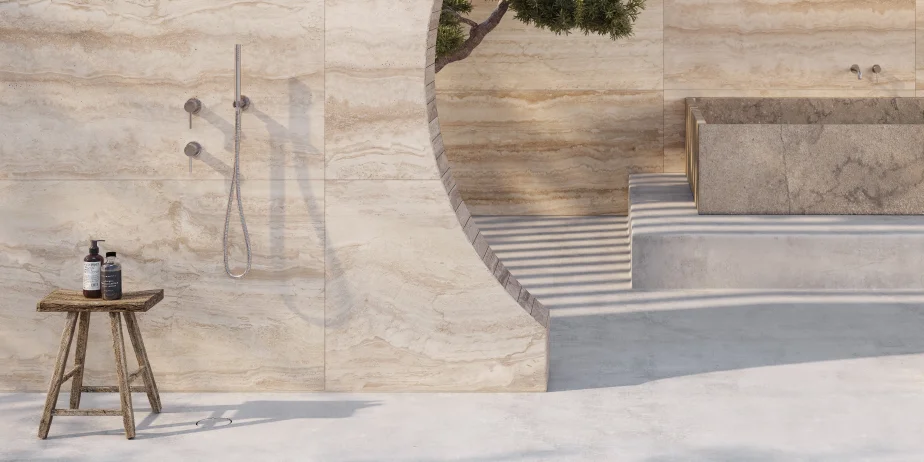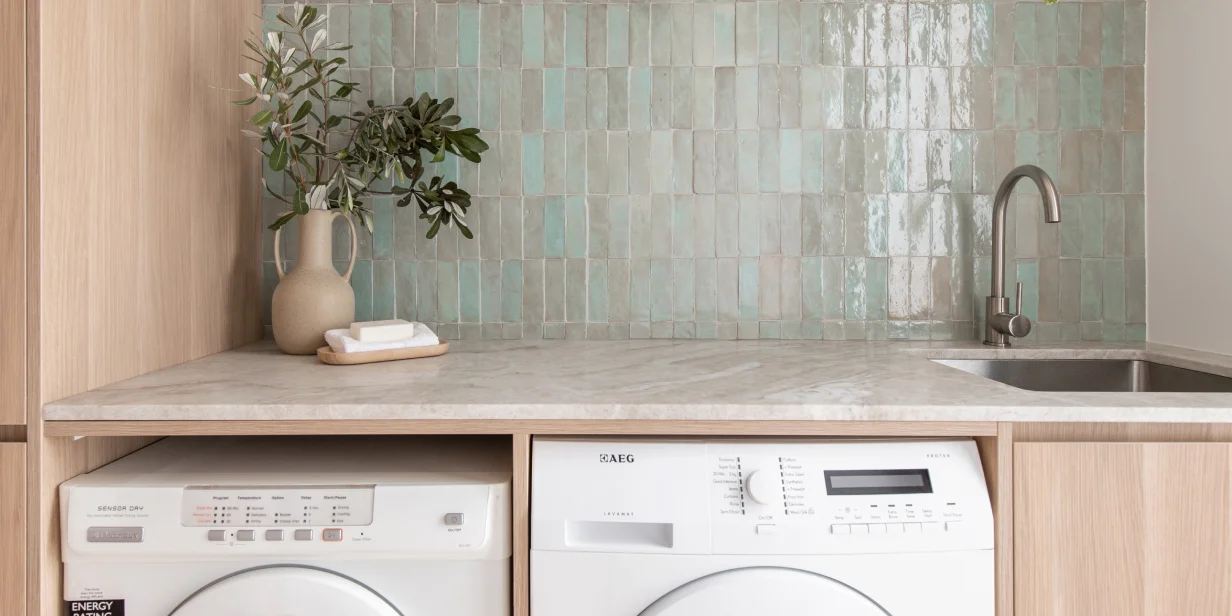Tiles vs Floorboards: Which is Best for Your Home?
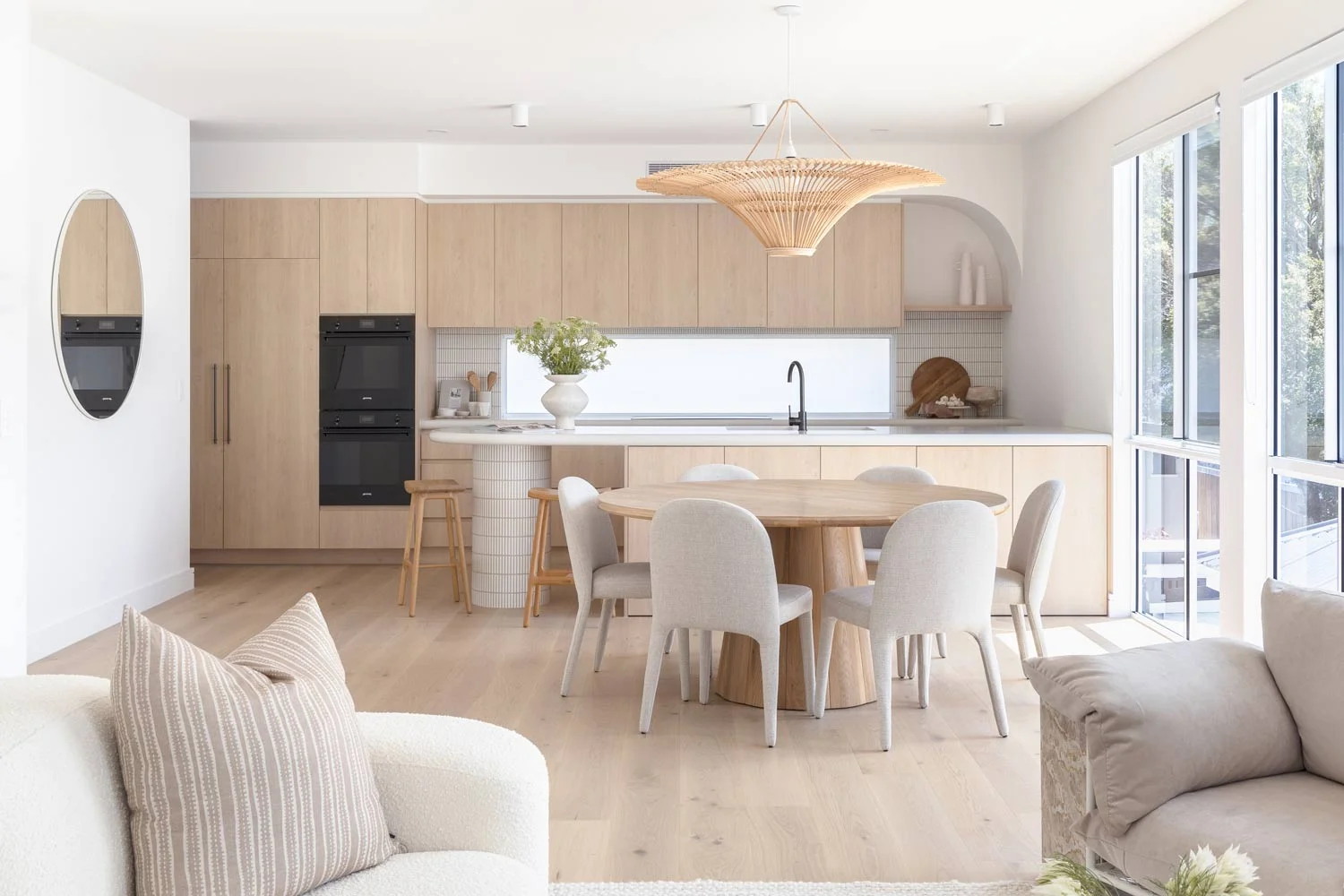
Balancing the advantages and disadvantages of tiles vs floorboards can be a tricky choice for your home refurbishment. From durability, maintenance and comfort to cost concerns, there are many factors to consider when selecting the right option for your property.
To simplify the decision, we’ve explored the tiles vs floorboards pros and cons, providing you with the insights you need to make the best choice for your next interior design scheme.
Types of Tiles and Floorboards
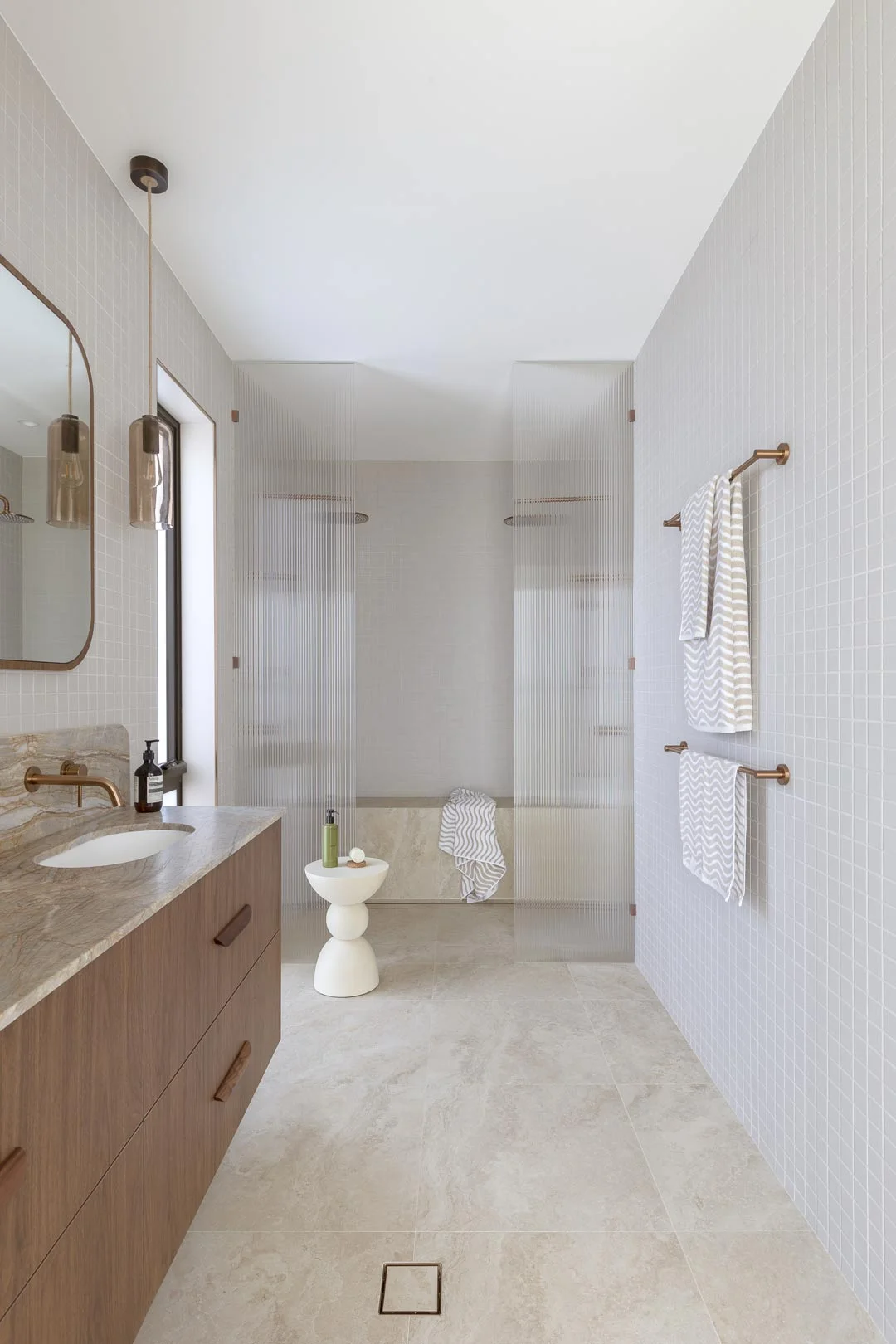
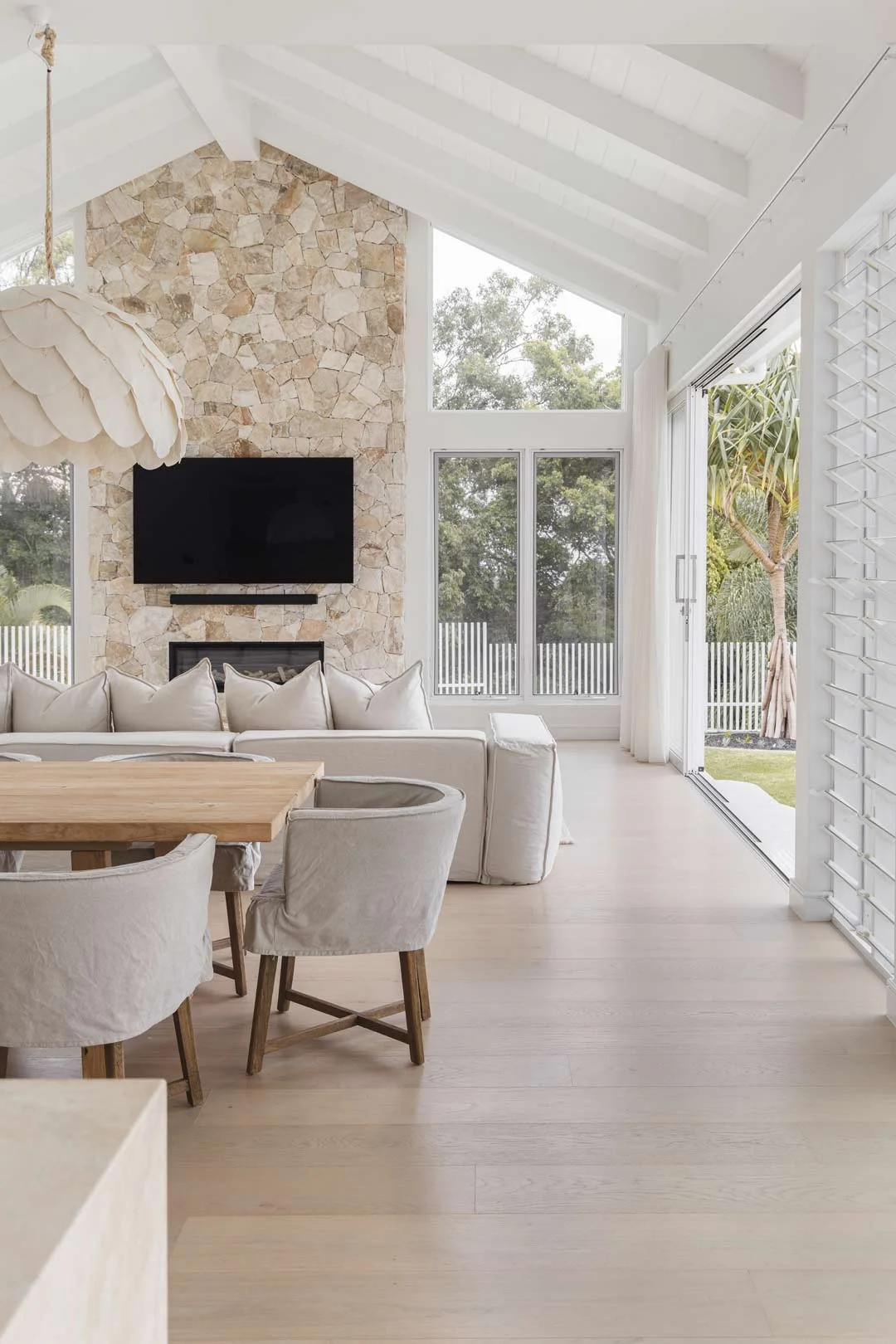
Familiarising yourself with the different types of floor tiles and floorboards available across the UK is essential for making an informed decision that suits your needs. Each material has its own unique properties, such as durability, water resistance, and maintenance requirements, which make it suitable for various areas of the home. For instance, porcelain tiles are ideal for wet areas like bathrooms due to their water resistance, while wooden floorboards add warmth to living rooms.
Understanding the cost, lifespan, and installation requirements of each option also allows you to make a choice that fits your budget and lifestyle. Laminate flooring offers an affordable, low-maintenance solution, while natural stone tiles might require a higher investment but provide a luxurious and timeless appeal.
By considering these factors, you can find the perfect balance between aesthetics, durability, and practicality, ensuring your flooring decision is the right one for your home in the long term.
Durability and Maintenance
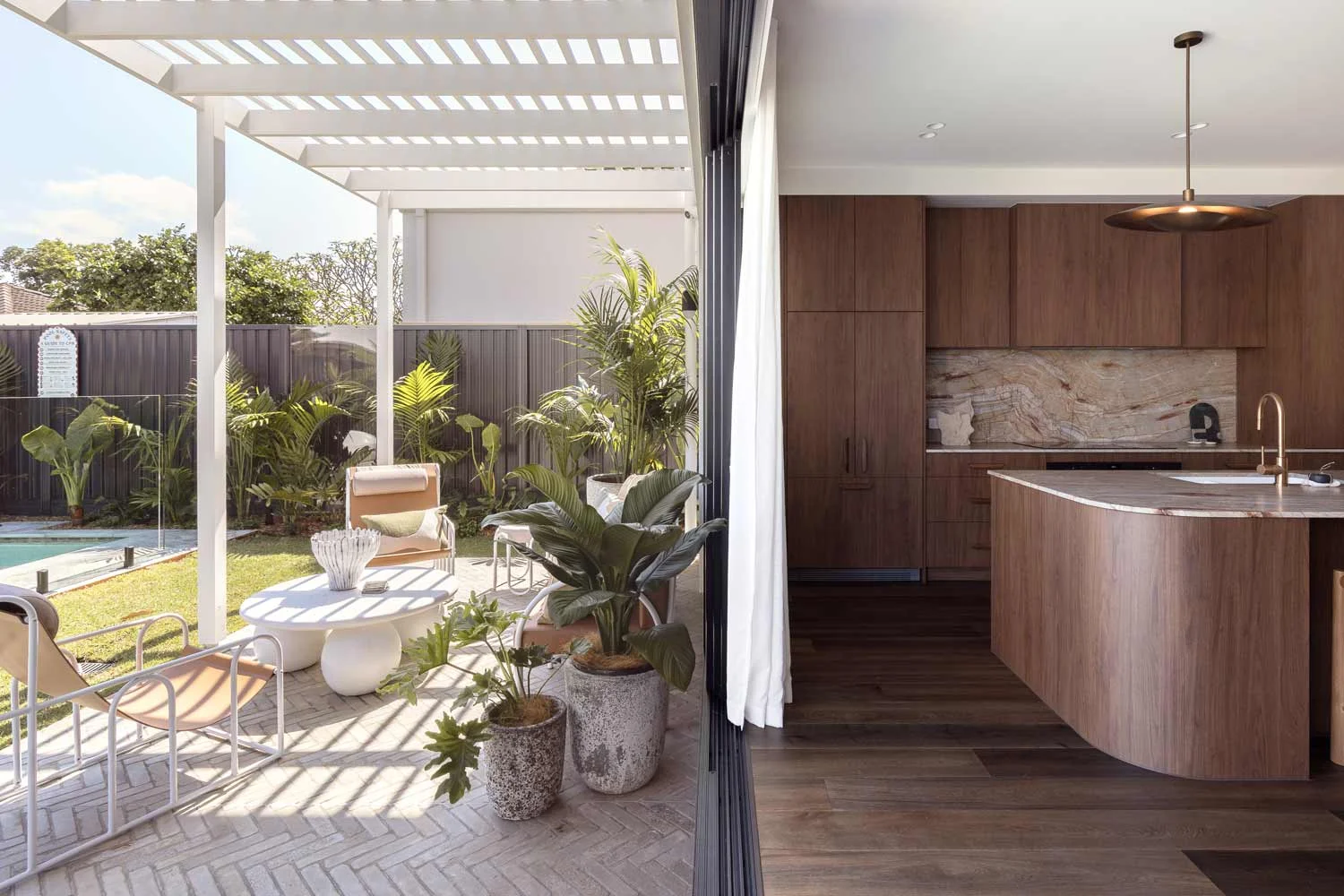
When deciding between tiles and floorboards for your home, consider their durability, resistance to wear and tear, and maintenance requirements. These may include cleaning, sealing, sanding, refinishing, or addressing future repairs. Understanding the care requirements of each material will ensure you make a well-considered choice.
For example, while porcelain tiles are known for their durability, not all are suitable for outdoor use due to differences in slip ratings. Natural stone tiles, though low-maintenance, may need periodic resealing to maintain their appearance and integrity over time.
Cleaning is another important factor to consider. Porcelain and ceramic tiles are easily maintained with mild detergent and water, while a pH-neutral cleaner is better suited for delicate materials such as natural stone, handmade clay, and enamel glass tiles. Engineered timber flooring requires regular sweeping or vacuuming with a soft brush attachment to avoid scratches, along with mopping using a timber-specific pH-neutral cleaner.
Taking these factors into account will help ensure you choose the best flooring option for your home and lifestyle.
Comfort and Functionality
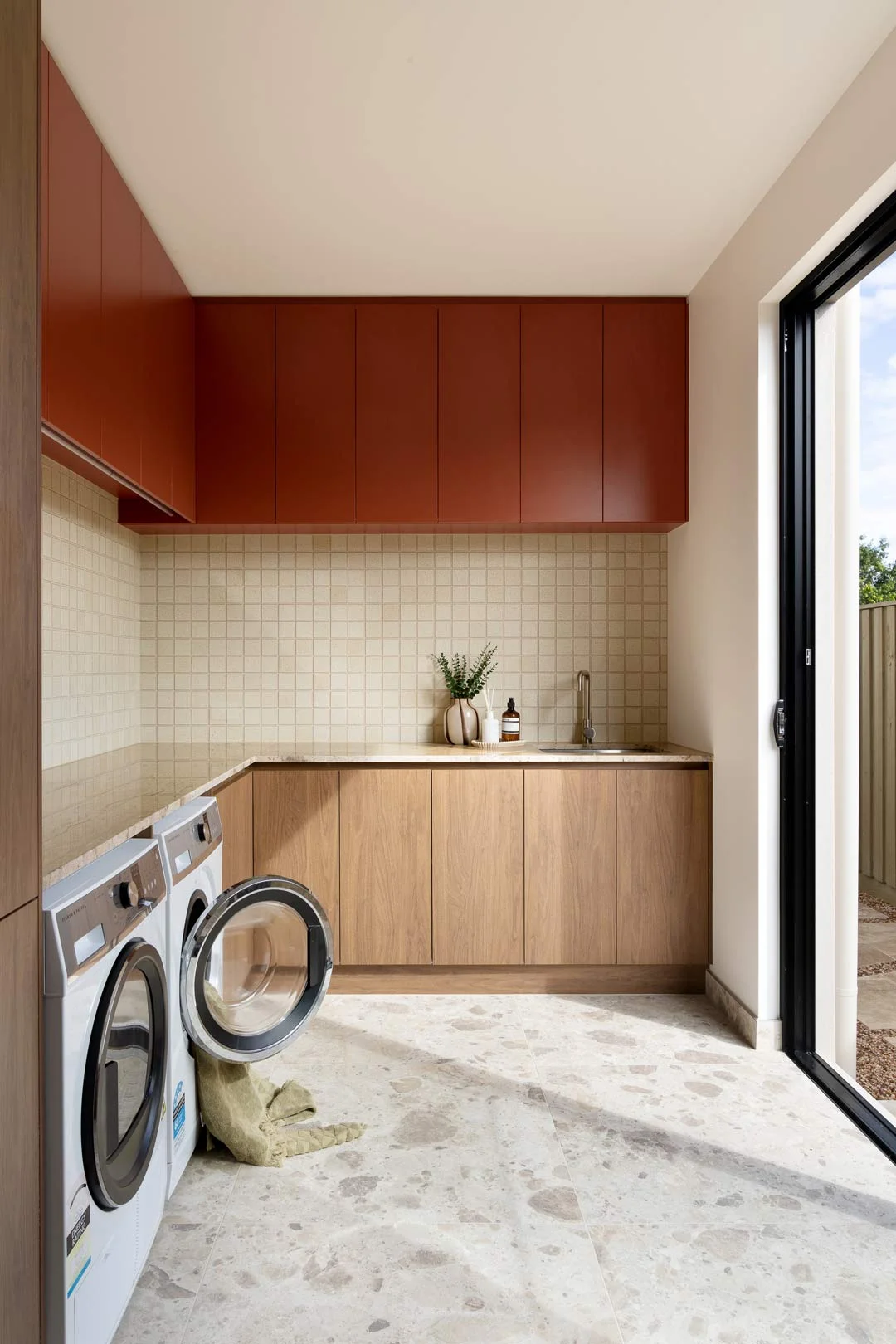
When deciding between floorboards and tiles in our homes, comfort and functionality are key considerations in determining their suitability for different spaces, particularly in our cooler climates. Thanks to their moisture resistance, tiles are an excellent choice for wet areas such as bathrooms, kitchens, and laundry rooms. Porcelain and ceramic tiles, in particular, excel in these spaces due to their durability, slip-resistant finishes, and non-porous surfaces, which make them hygienic and easy to clean.
From an insulation perspective, tiles naturally retain less heat, making them cooler underfoot—ideal for warmer months or when paired with underfloor heating for year-round comfort in UK homes. Underfloor heating is especially effective with tiles due to their high thermal conductivity, ensuring consistent warmth and energy efficiency during colder seasons. However, tiles have limited sound absorption, which may result in a noisier environment in certain spaces.
Floorboards, on the other hand, provide a warm and inviting feel, making them a popular choice for living rooms, bedrooms, and areas where comfort is a priority. Compared to tiles, engineered or solid timber floors are softer underfoot and tend to retain heat better, enhancing insulation in cooler climates. Additionally, timber floorboards excel at reducing noise transmission, creating a quieter and more serene environment, especially when paired with an underlay. However, they are more susceptible to moisture damage, making them less suitable for wet areas unless properly treated or sealed.
Ultimately, finding the right balance depends on the comfort and functionality each space requires.
Aesthetic Appeal and Design
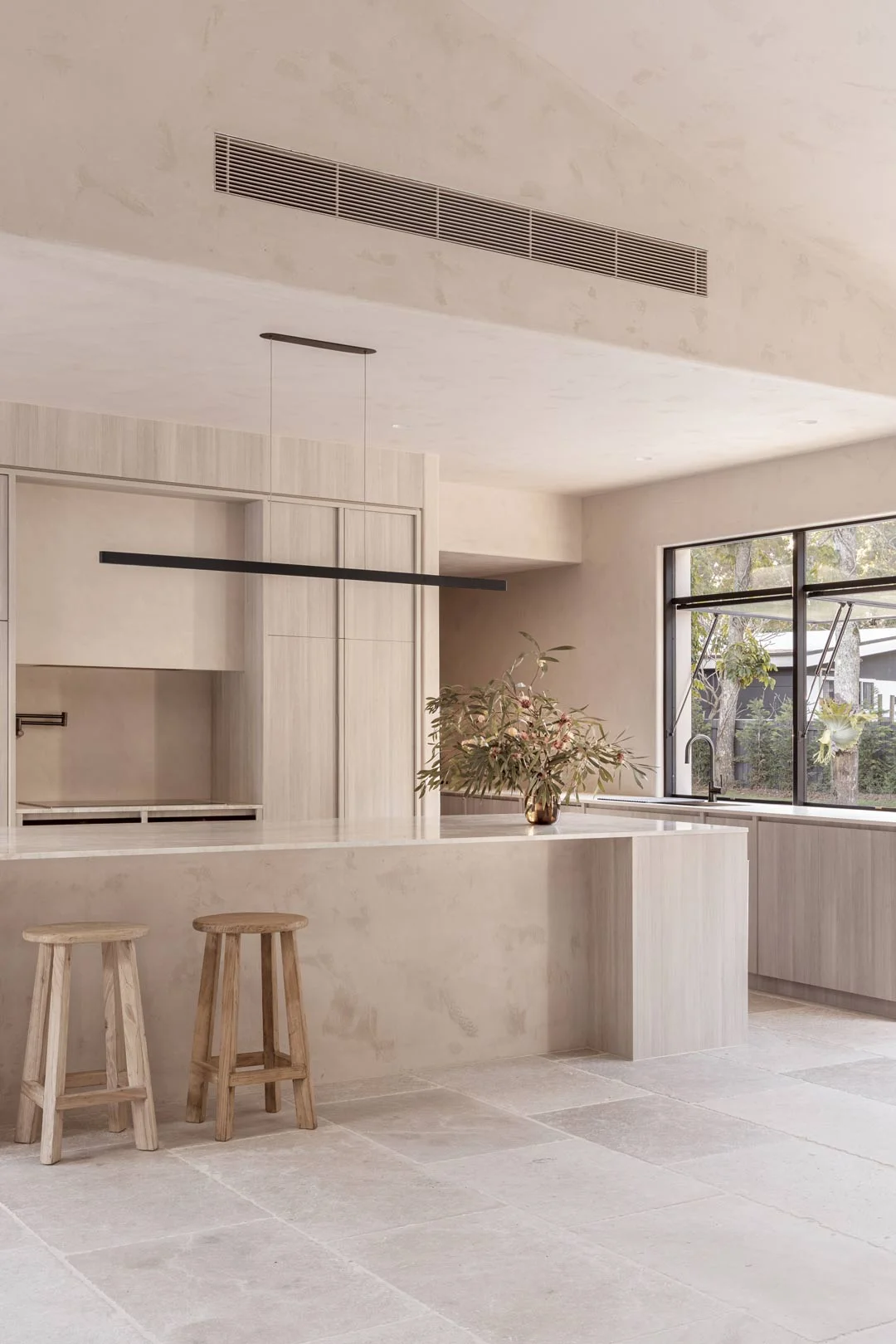
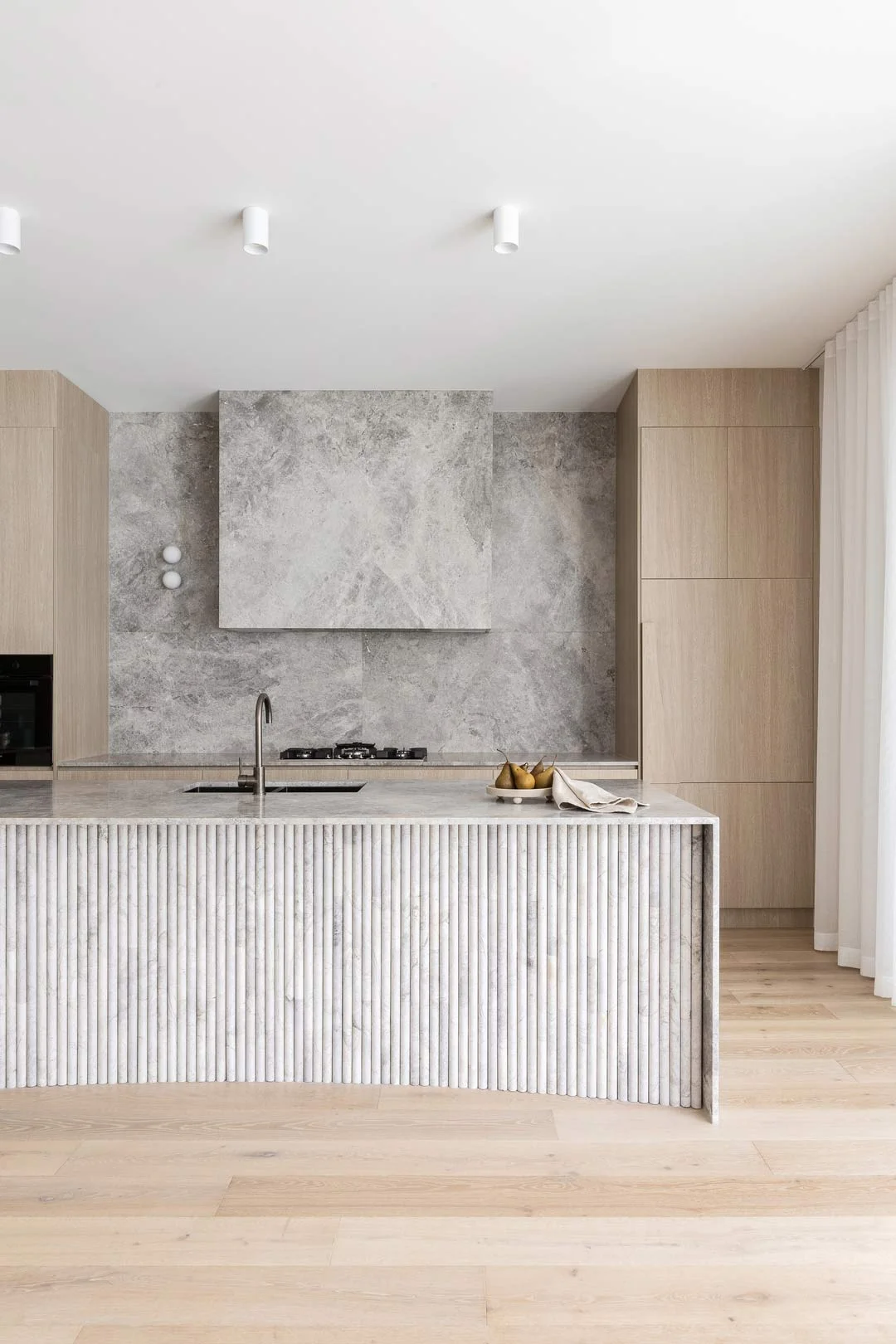
When considering the pros and cons of tiles versus floorboards, it’s important to think about design, textures, colour, size, and overall aesthetics. Both options can complement a range of interior design styles, whether modern, traditional, or rustic.
Tiles offer exceptional versatility, with a variety of finishes, patterns, and materials such as ceramic, porcelain, and natural stone to suit individual preferences. Their durability and water resistance make them a practical choice for kitchens, bathrooms, and utility rooms, while their variety of styles caters to everything from intricate designs to sleek, minimalistic looks.
Floorboards, on the other hand, contribute timeless warmth and character to British homes. Available in solid hardwood, engineered wood, or laminate, they create a softer, more natural feel that’s perfect for living rooms and bedrooms. With options ranging from light, airy tones to deep, rich shades, floorboards work beautifully with design styles from coastal cottagecore to modern industrial trends.
Tiles vs Floorboards: Cost Considerations
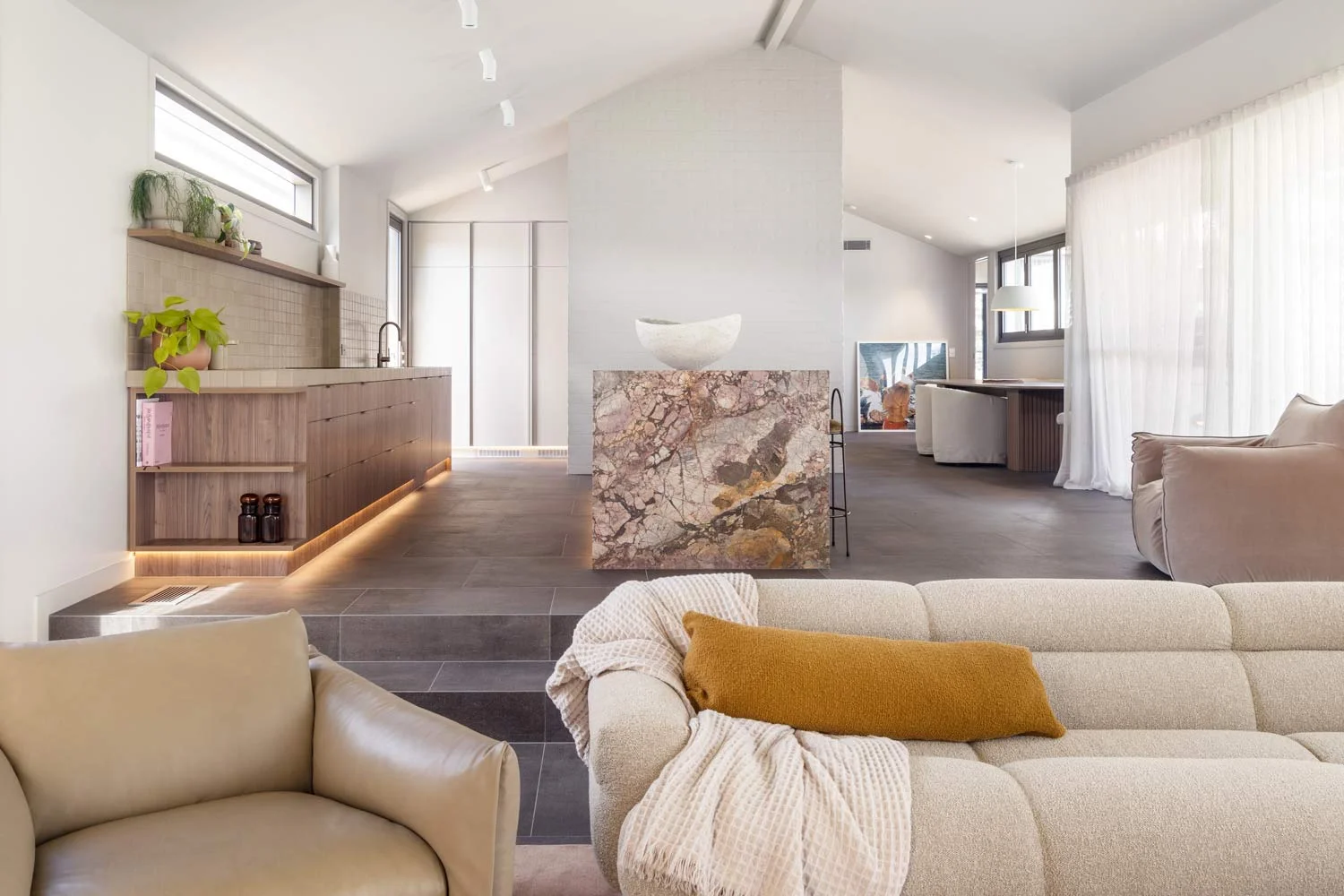
Financial considerations are a key factor when selecting between tiles and floorboards for your home. These include the costs of materials, installation, labour, ongoing maintenance, and potential future replacements. It’s equally important to balance these costs against their long-term value, as each option carries distinct financial implications that can shape your decision. Location is also a key factor. For instance, labour costs in London and the South East are typically 15-30% higher due to increased demand and labour costs, whereas in the North of England and Wales, they tend to be 10-20% lower.
Ceramic tiles are often the most cost-effective choice, making them a popular option for larger projects or homes with tighter budgets. Their affordability is enhanced by their widespread availability and lower production costs compared to other materials. Porcelain tiles, while more expensive, offer enhanced durability, water resistance, and superior quality, making them particularly well-suited to high-traffic or wet areas like bathrooms and kitchens. Natural stone tiles, including granite, marble, and limestone, are typically the most expensive option due to their opulent aesthetics and the higher costs involved in sourcing and installation. Additionally, stone tiles often require ongoing maintenance, such as sealing, adding to their long-term expense.
With the UK’s competitive housing market in mind, your flooring choice can significantly impact your property’s value. High-quality tiles or well-maintained floorboards enhance both the aesthetics and functionality of a home, increasing its appeal to potential buyers. These improvements not only create a more desirable living space but can also boost your home’s market value, offering a solid return on investment.
In Summary: Tiles vs Floorboards Pros and Cons
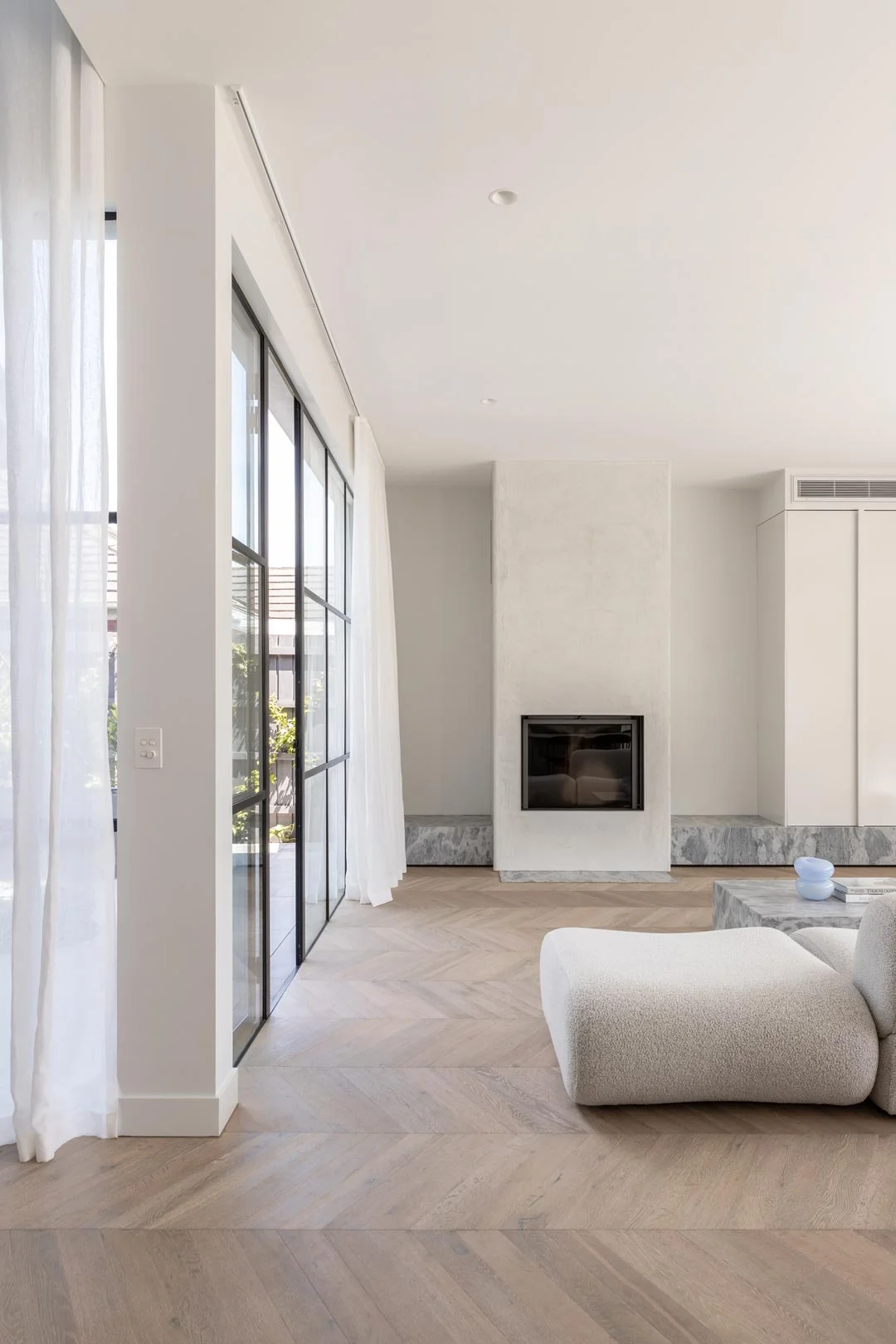
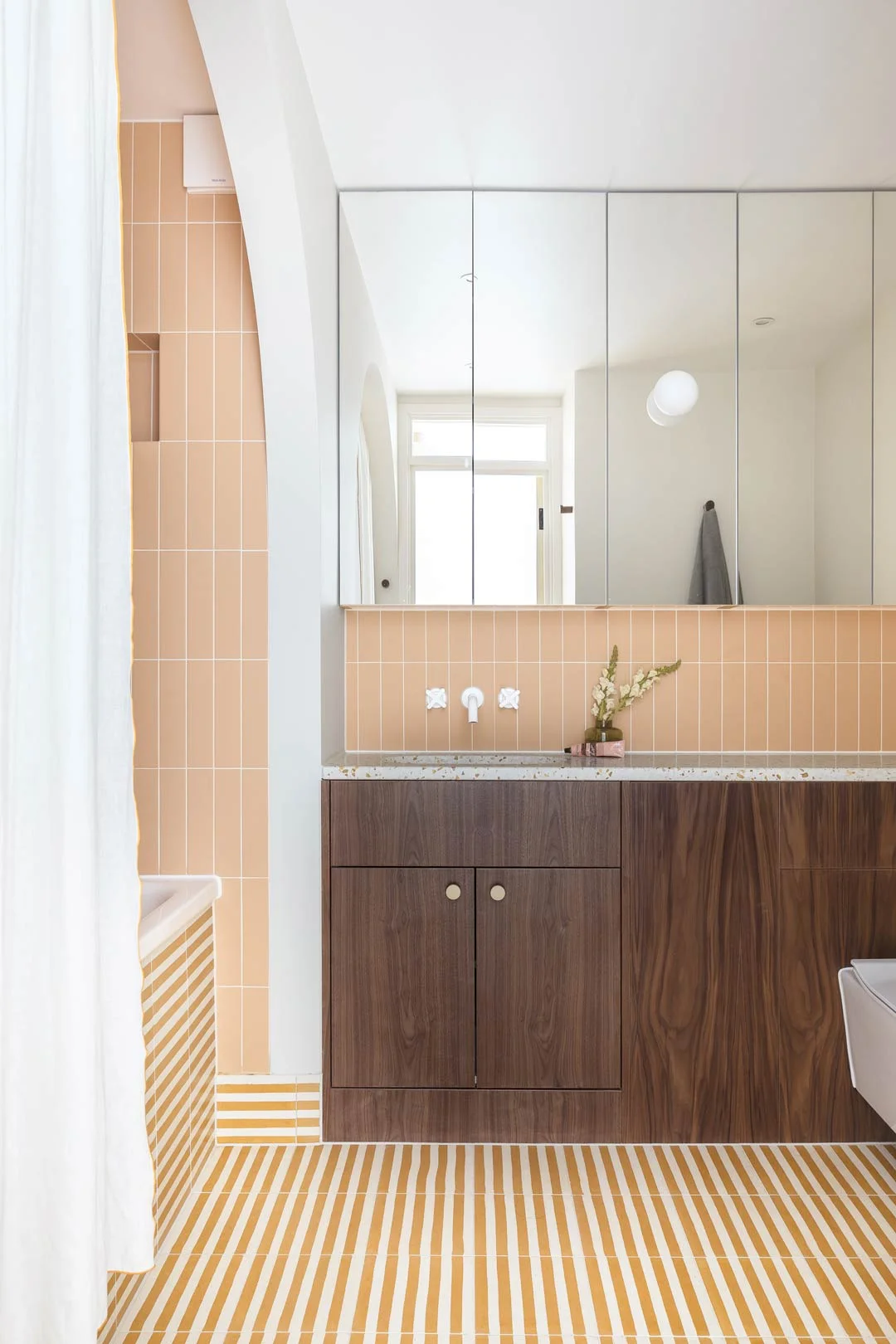
Deciding between tiles and floorboards ultimately depends on your budget, style, and personal preference. Each option offers distinct advantages, making them well-suited for various needs and spaces in homes across the UK.
Timber flooring adds timeless warmth and natural character to any room. It’s durable, long-lasting, and its distinctive grain works well with a range of interior styles. Over time, timber develops a beautiful patina, enhancing its charm and bringing a touch of nature into your living space.
Tiles, on the other hand, are often a more affordable and incredibly durable choice. With a wide selection of colours, patterns, and shapes, they offer great versatility for creating different looks. They’re especially practical for wet areas such as bathrooms, kitchens, and utility rooms, and they require minimal maintenance to stay in top condition.
Consider booking a complimentary design consultation with one of our friendly staff to help realise your interior design vision.
Learn more about the world of tiles by exploring these blogs:
How Much Does It Cost to Renovate a Home? We Explore Room-By-Room Renovation Costs
5 Bathroom Tile Design Trends
Travertine: Everything You Need to Know
